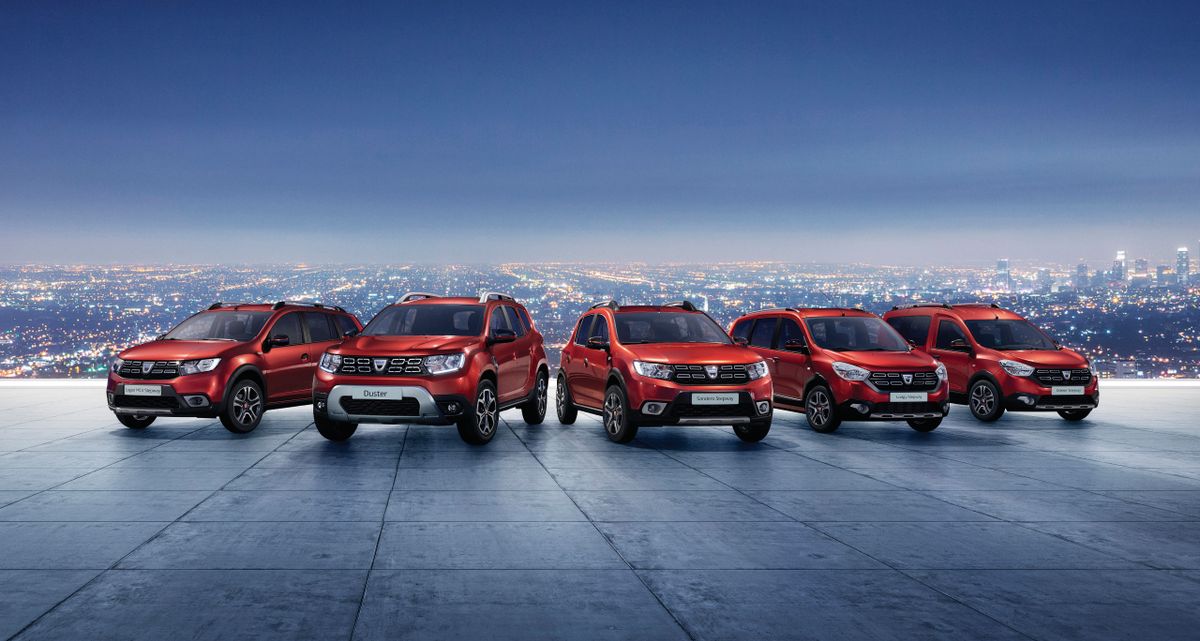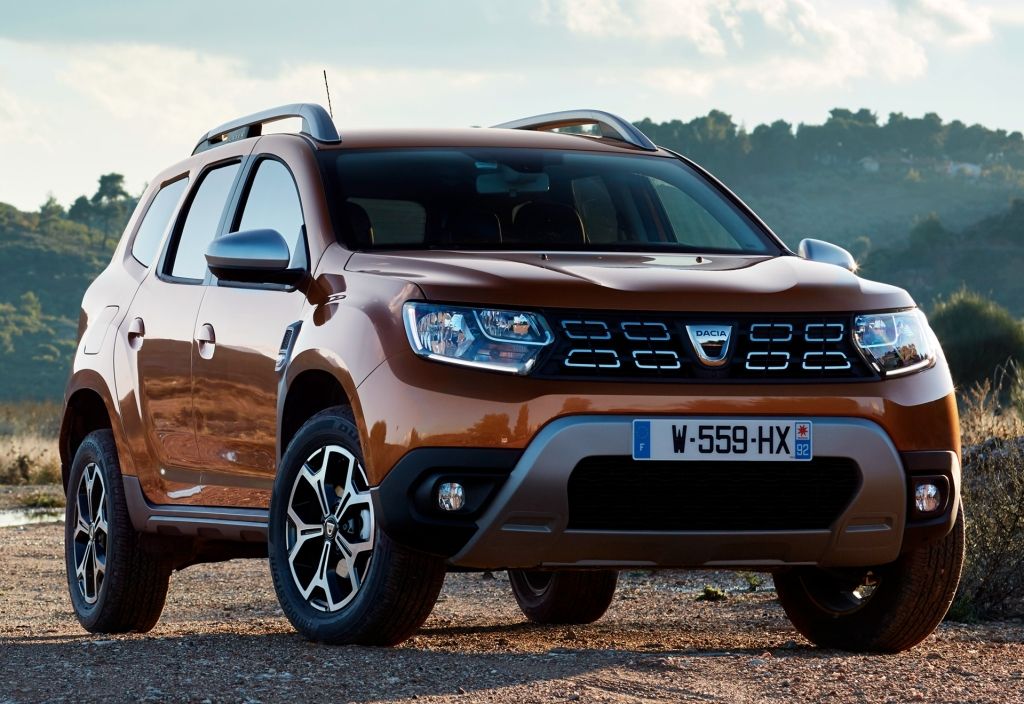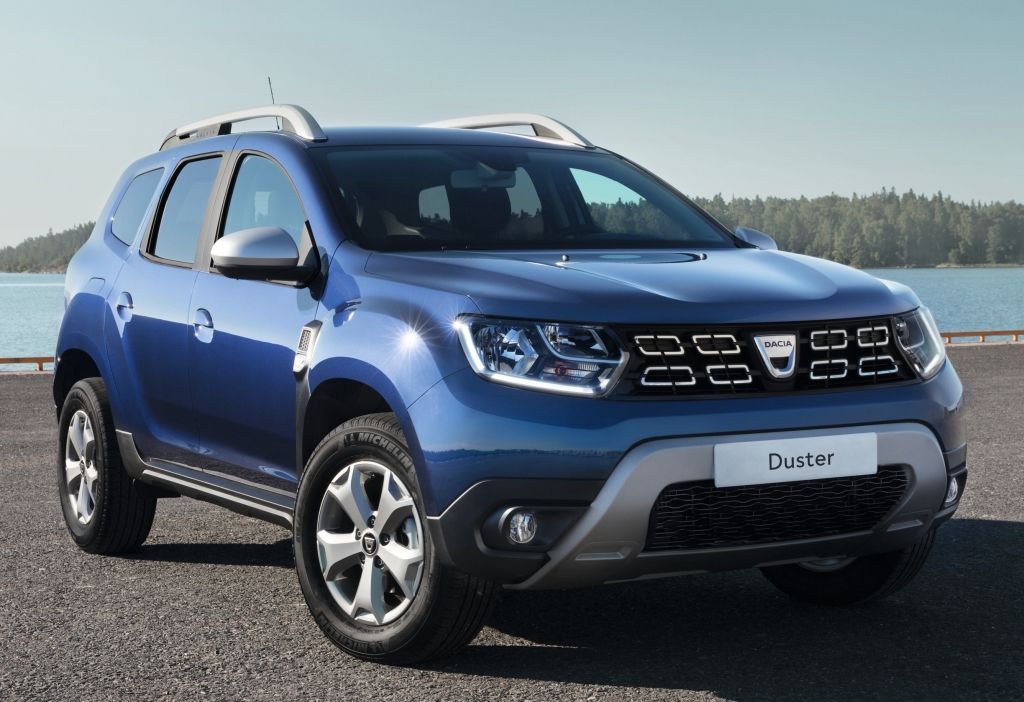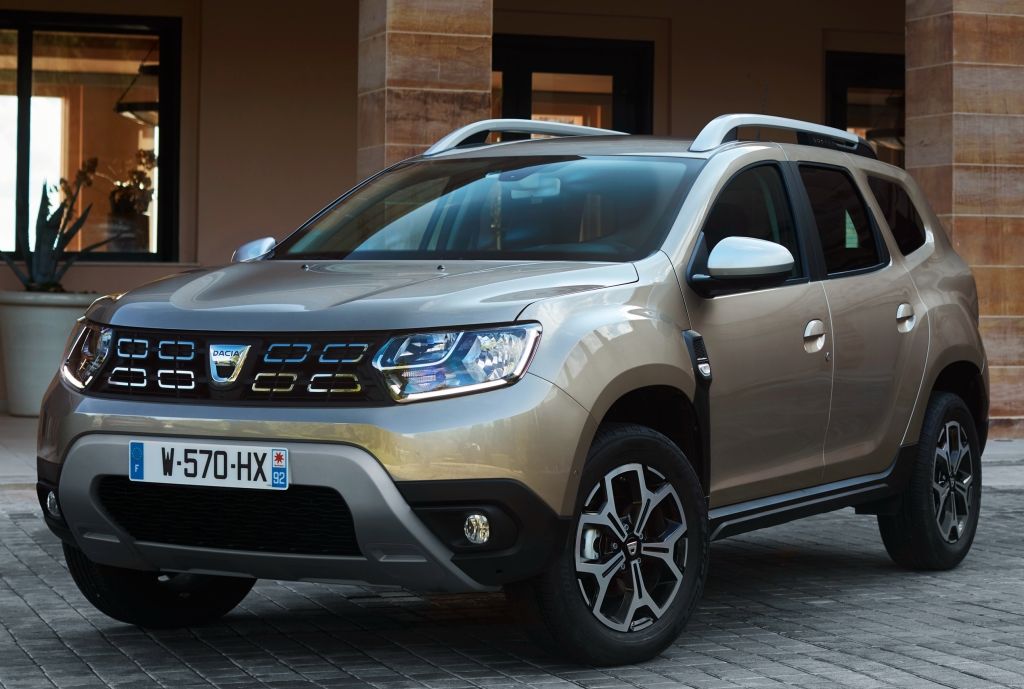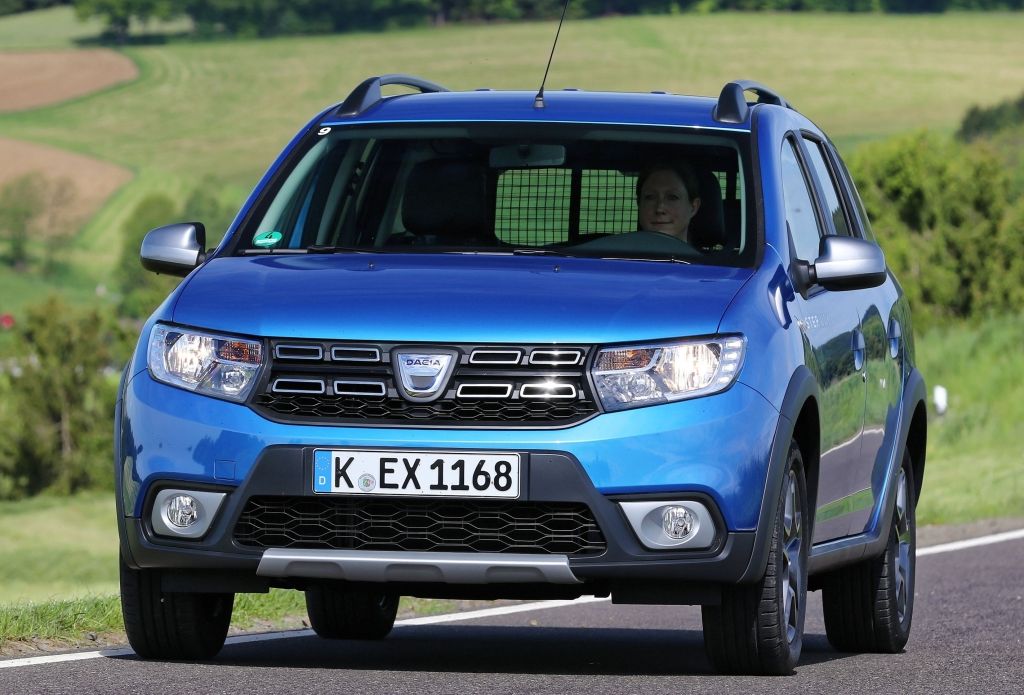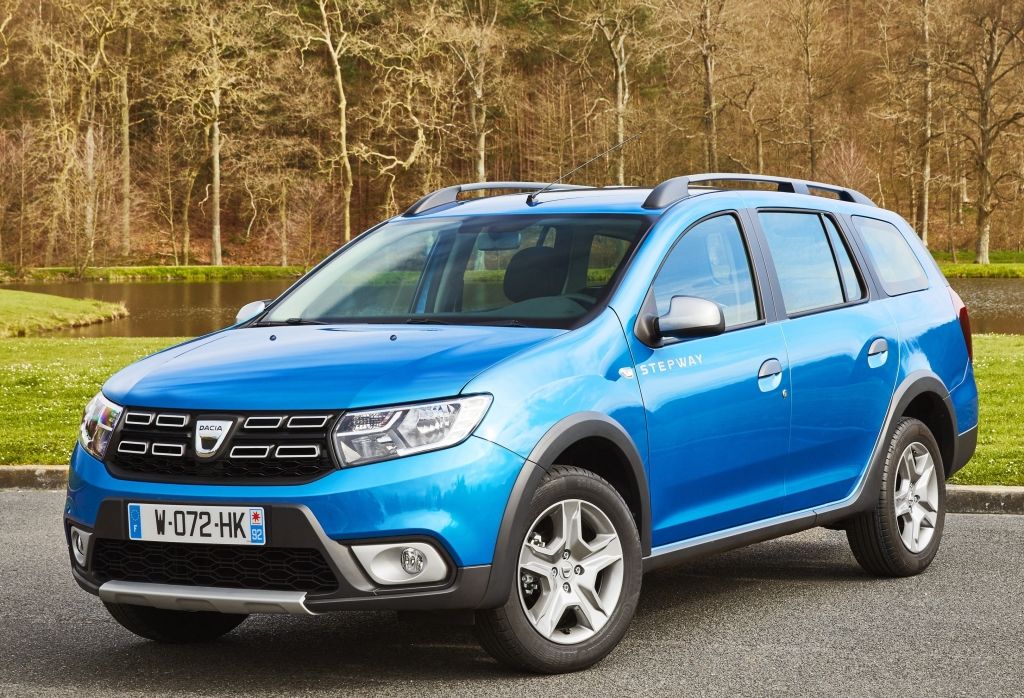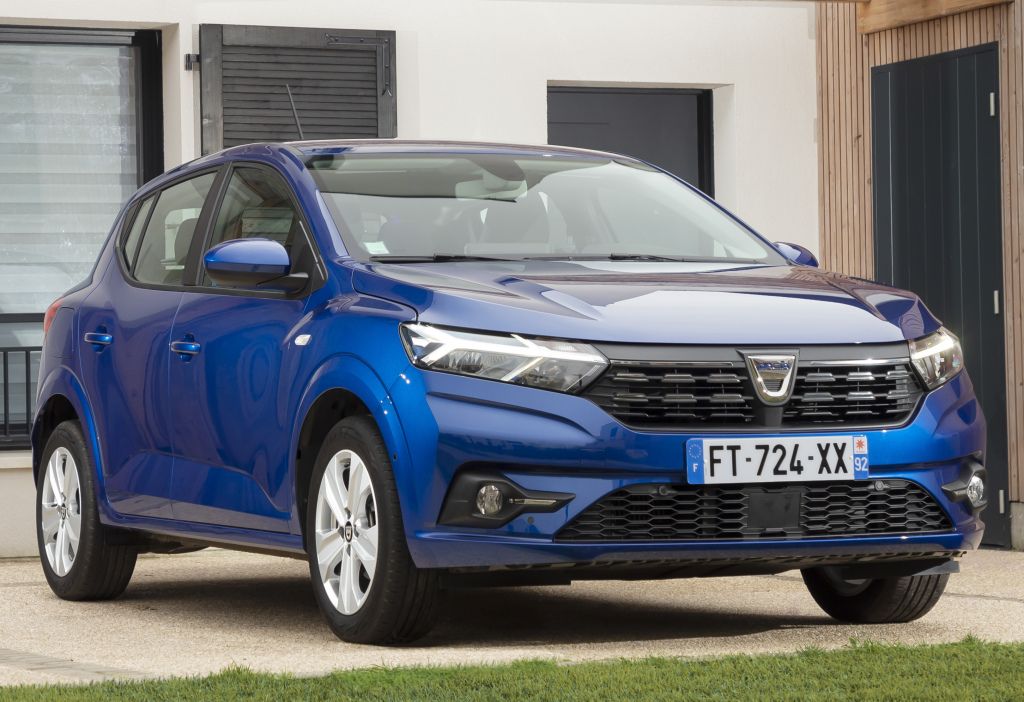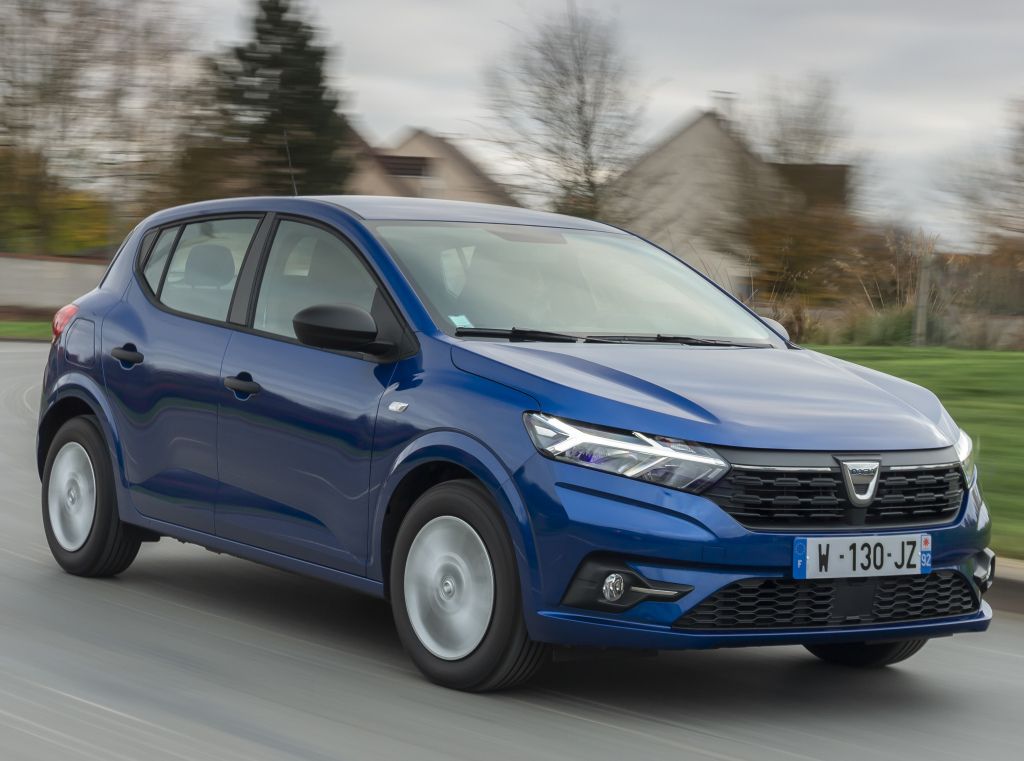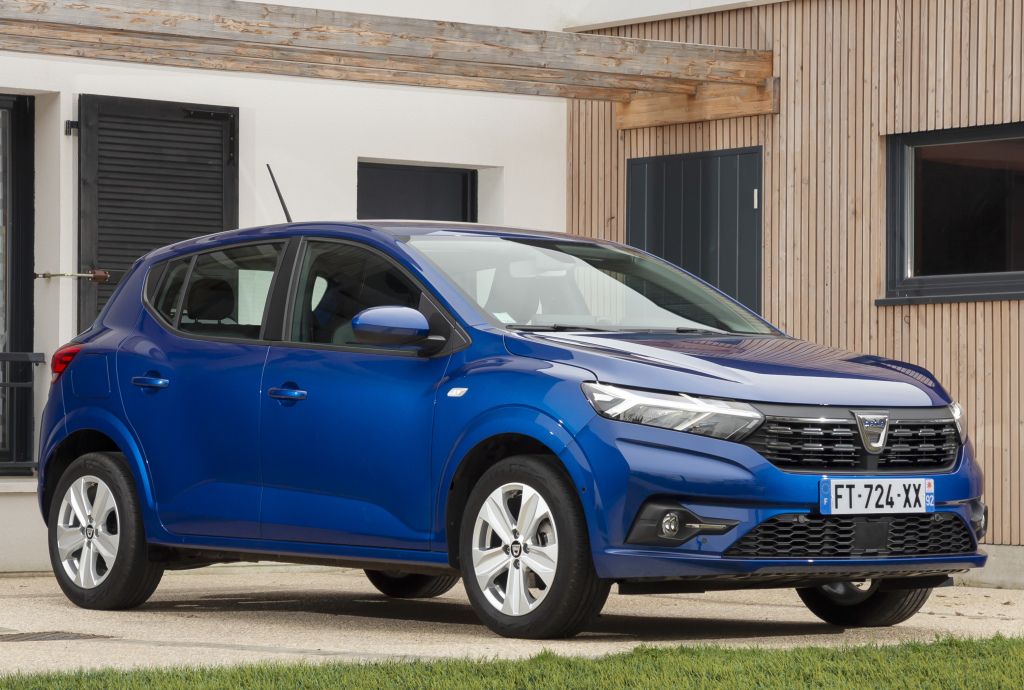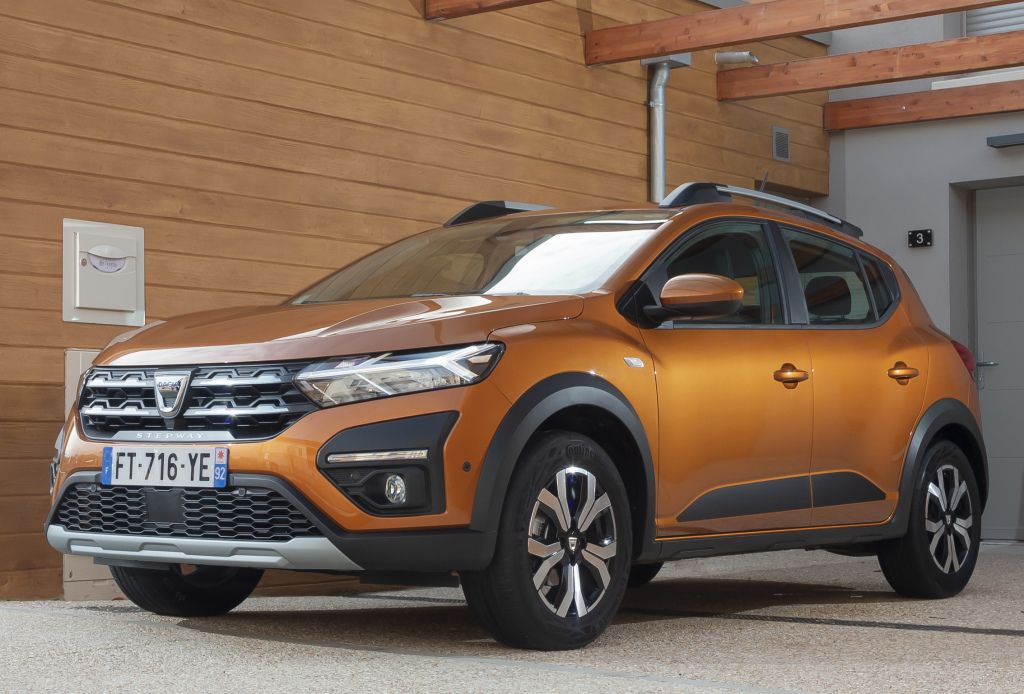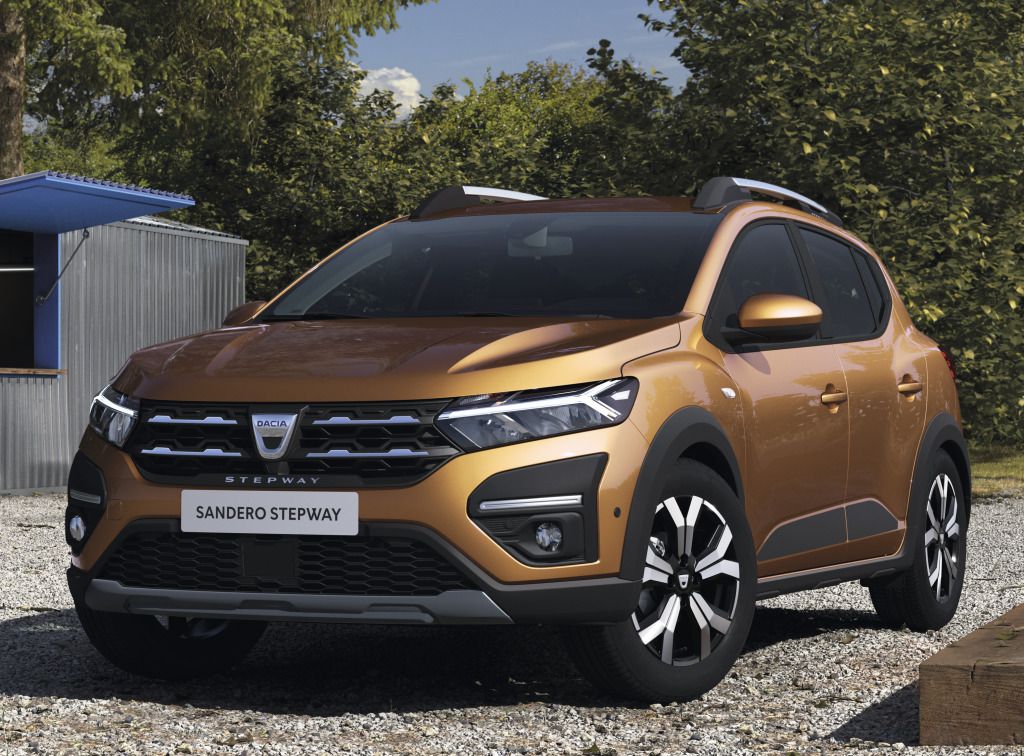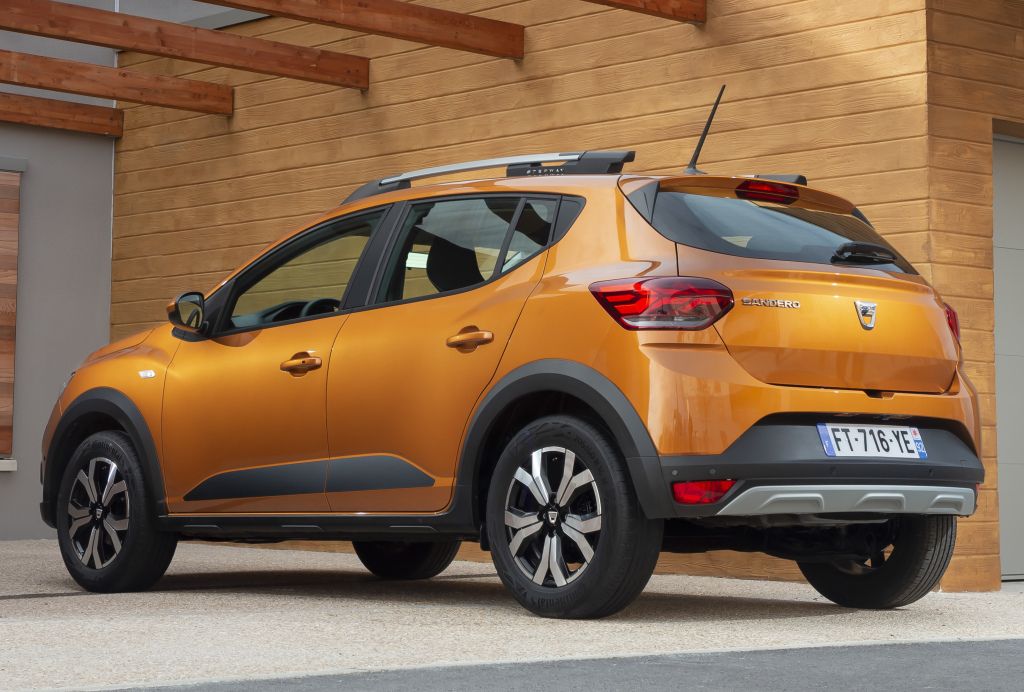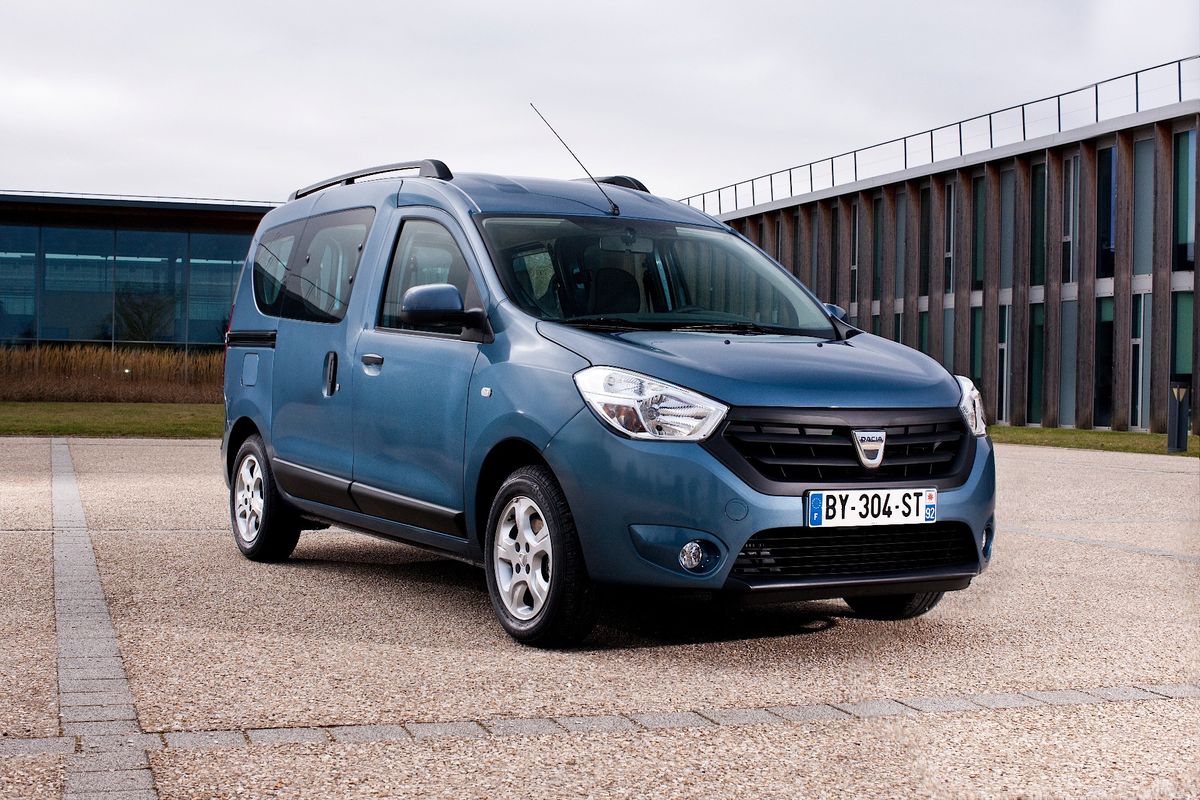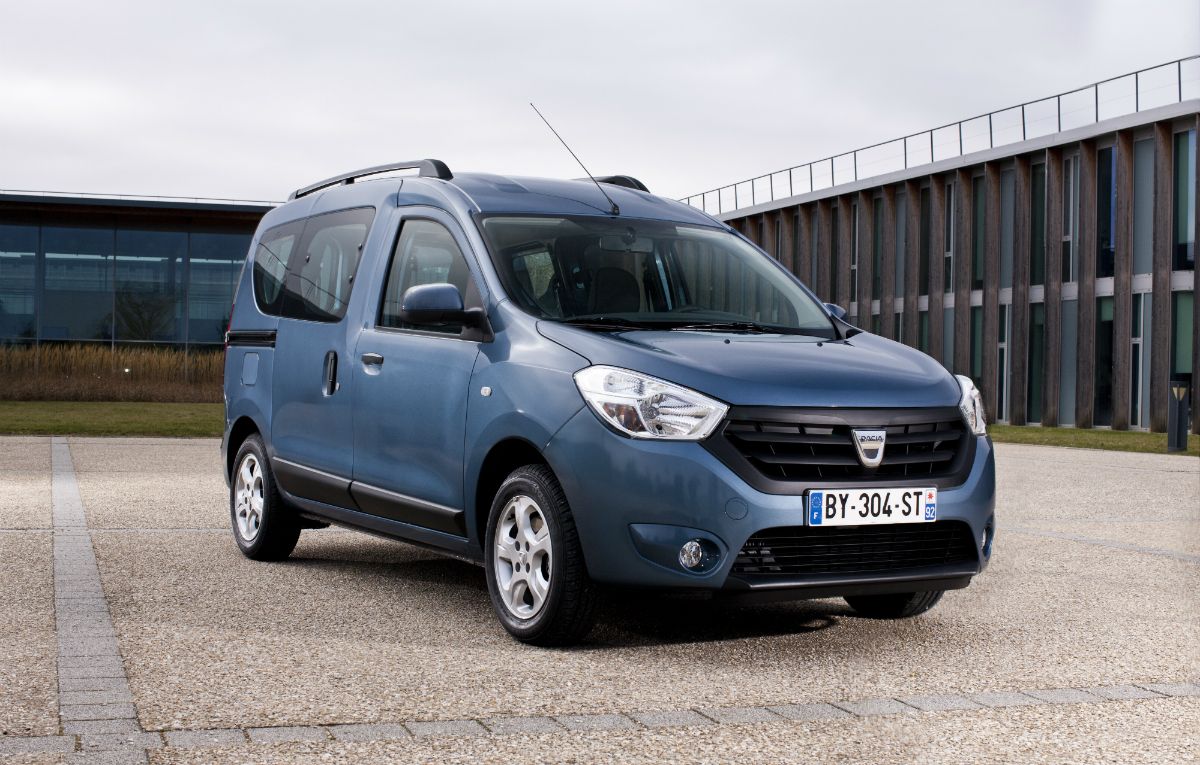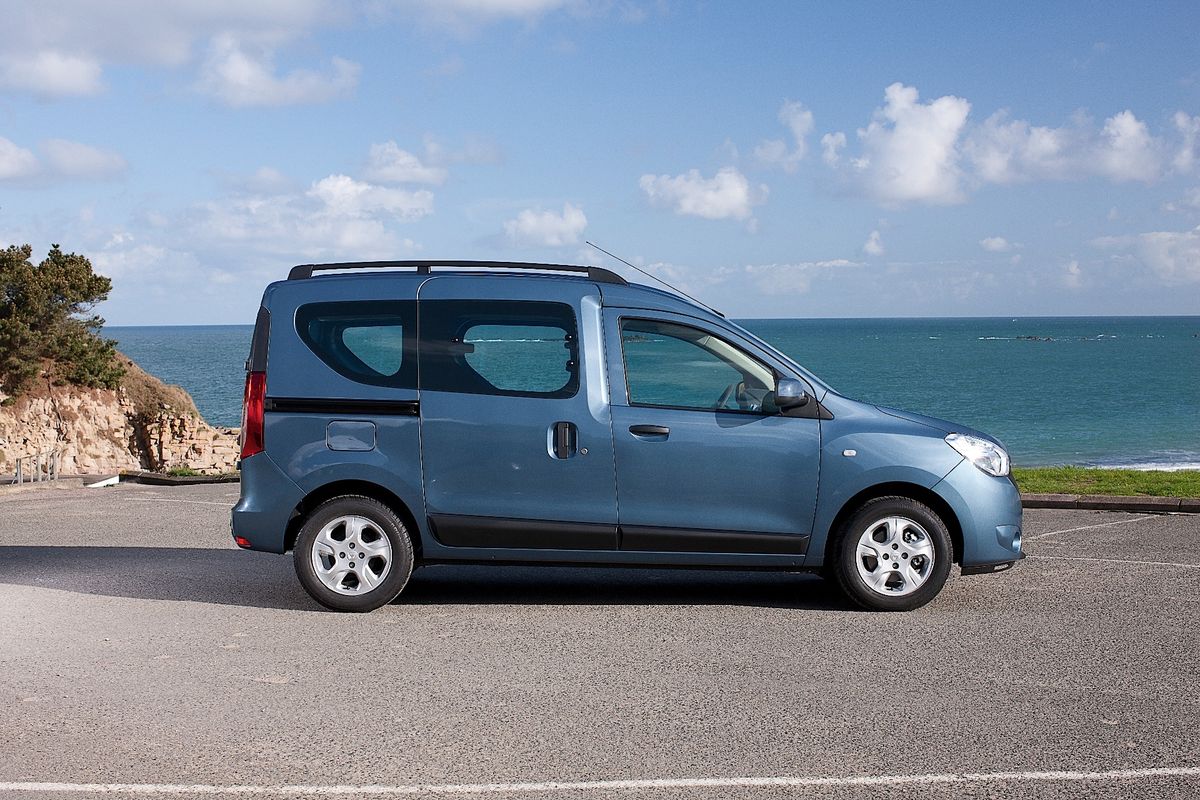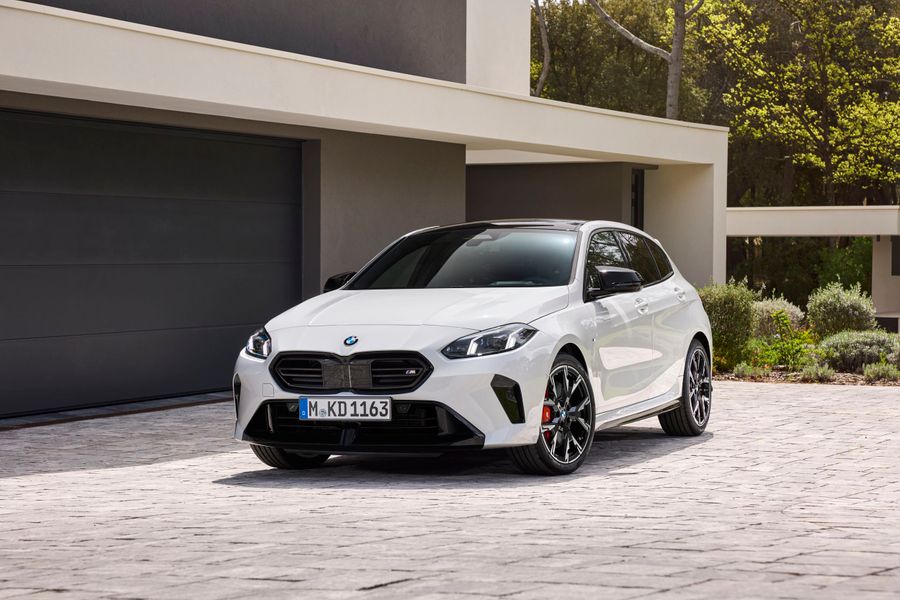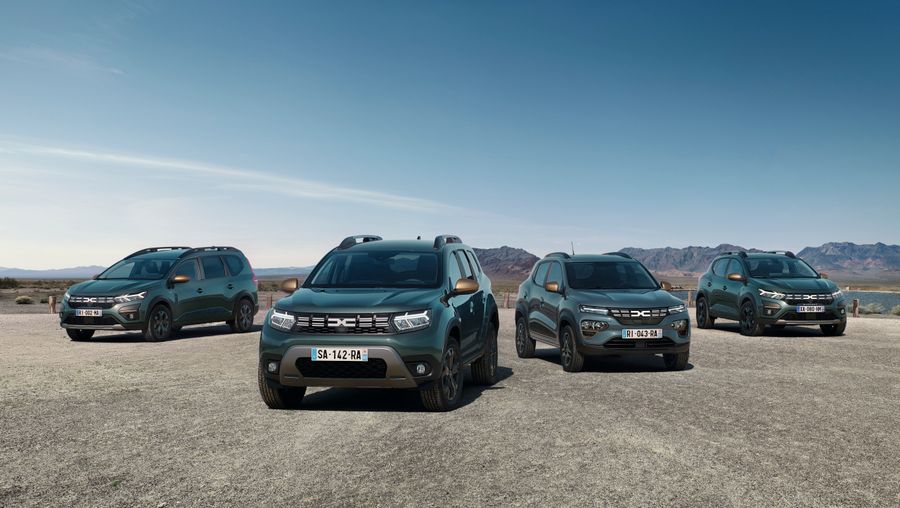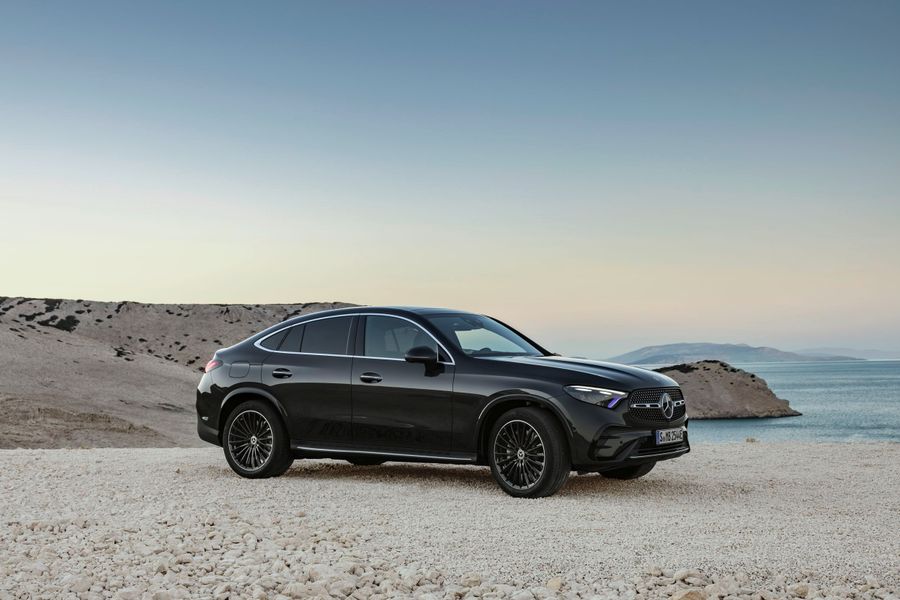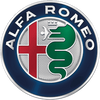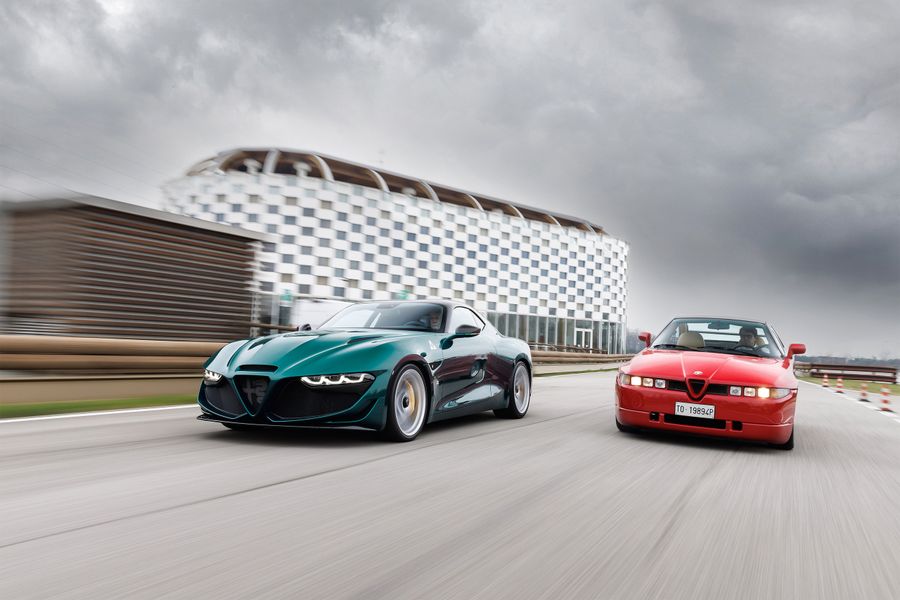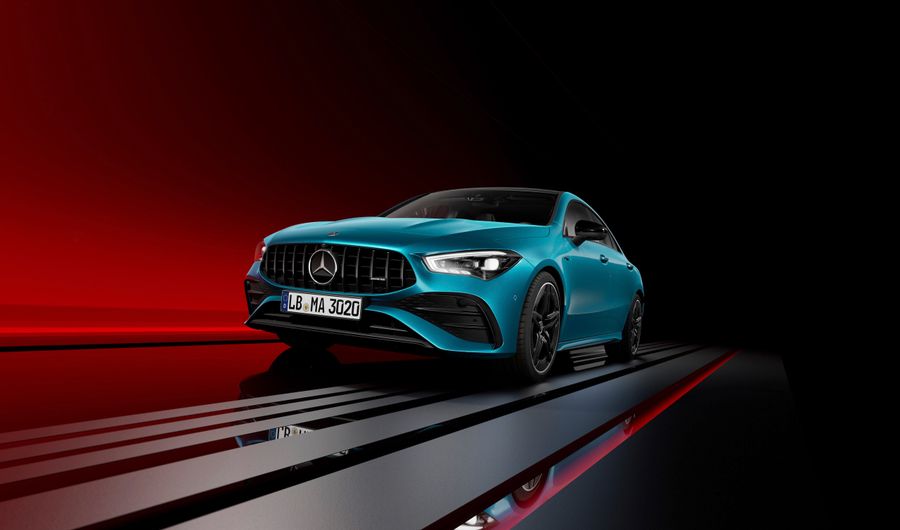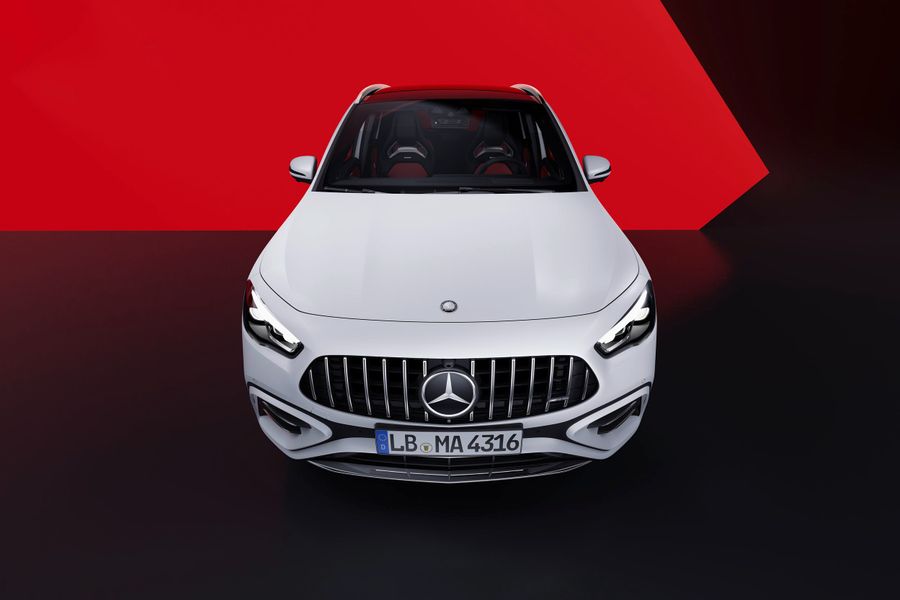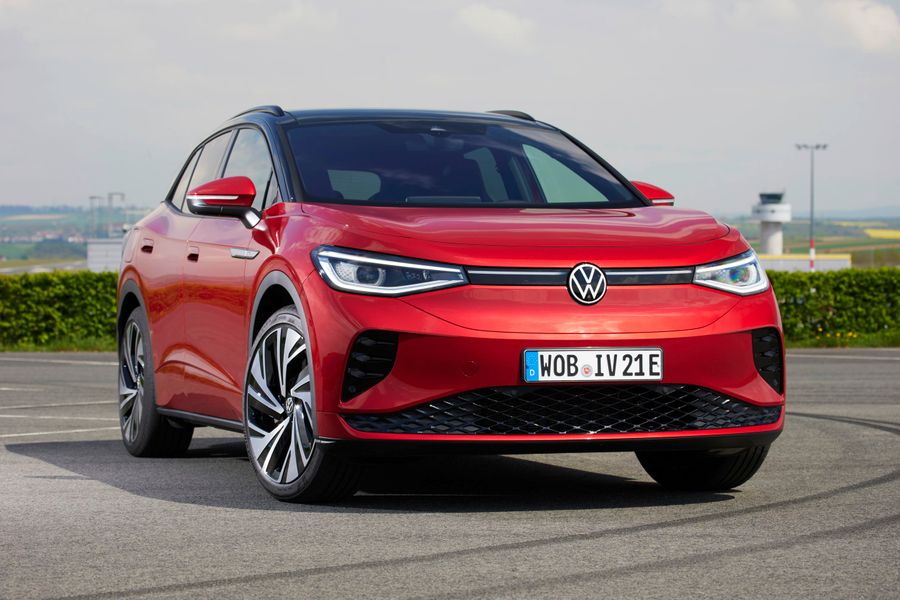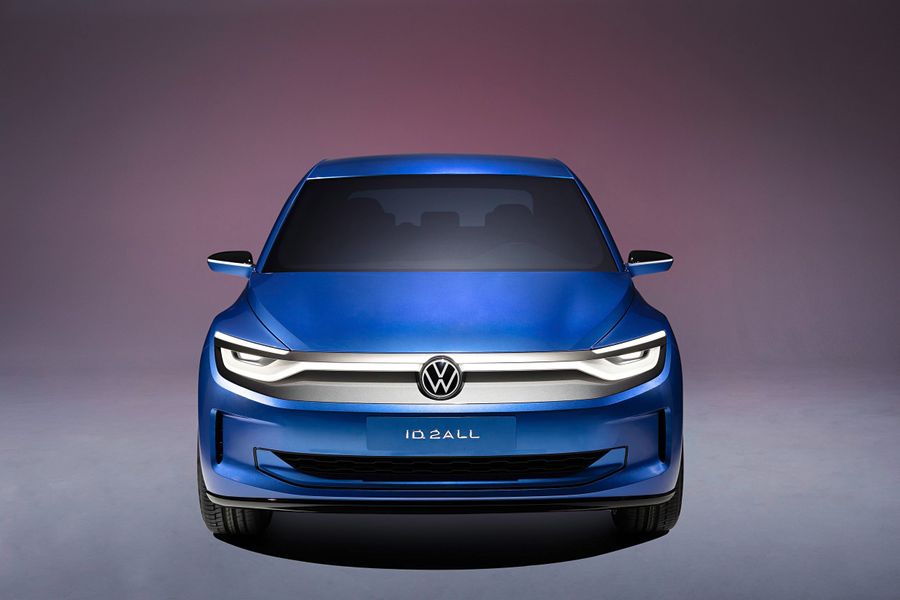
Dacia. As affordable as possible
Dacia is a Romanian car manufacturer, a part of the Renault Group. The brand is named after the historical region of Dacia, which bore its name back in the Roman Empire, and constitutes most of present-day Romania. Dacia is the largest Romanian exporter and the fifth-largest factory in Europe by the number of cars produced per year. By the way, Dacia has several high international automobile awards: whopping two awards in the ‘Autobest car of the year’ in Europe and one in the ‘Car of the year’ in Scotland are won by Dacia Duster. As a subsidiary of Renault, Dacia is a member of the Renault–Nissan–Mitsubishi Alliance, one of the five leaders in the worldwide automotive market.
The very beginning
Dacia’s collaboration with the French Renault has started in 1965 when an up and coming Romanian company decided not to recreate the wheel but to launch car production under the license of a big-name automaker. The choice fell on Renault. The Renault concern did not just empower the newly-qualified manufacturer but offered it the newest model at the time - the Renault R12, which will receive the title of the European “Car of 1969/70” in just a couple of years. But as the Renault R12 production has not even been started in France, and the Dacia factory - " UAP " (Uzina autoturismul Pitesti) - has already been opened, Renault offered to start production of an existing model of the same class - a rear-engine Renault 8 under the brand Dacia 1100. Simple as that, the first Dacia car appeared in 1968 :)
The first Dacia car - Dacia 1100 - is Renault 8. And Dacia 1300 is Renault R12 in France.
Romanian workers quickly mastered the assembly-line practice and a year later, in parallel with the French model Renault R12, its ‘twin’ - the front-drive sedan Dacia 1300 - entered the market. After that, the long-roof version 1300 Break and the 1302 half-ton pickup were released based on this model. In 1979, the facelifted Dacia 1310 model with four round headlights was presented along with the first Dacia compact SUV - ARO 10, also based on the Dacia 1300… and it was exported as Dacia Duster. In 1985, a 5-door hatchback 1320 hit the market, it was dubbed the 1325 Liberta after a facelift in 1990 and produced right up to 1996.
Renault’s ally
It’s worth noting that all the models based on the legendary 1300 were restyled as many as 4 times, and the production of the Dacia cars based on the Renault R12 platform was discontinued only in 2004. For 35 years, Dacia 1300/1310 models have been the masters of Romanian roads. Only once in a lifetime, the loyal to Renault Dacia proved unfaithful :) This happened in 1994 when Dacia mastered the release of the Nova hatchback on the licensed platform Peugeot 309. It was not until after that the Frenchman Renault, tormented by jealousy, finally decided to take Dacia as his wife :) In September 1999, Dacia was purchased by the Renault group with the noble goal of making Romania a center for the development of the automotive industry for Central and Eastern Europe. And Dacia flourished :)
It took long to replace the 35-year-old models with completely new ones! The company, with the help of Renault, became all-new, its staff was trained to meet Western production standards. And that’s just when appeared a bestseller – Dacia Logan or Renault Logan, which is a horse of the same color :) Dacia Logan became the most successful model after 1300 and one of the most popular cars in Central and Eastern Europe, as well as in Russia. The car won the “Car of the year” award in 2013. The main mission of Renault and Dacia - to make the most affordable car - was accomplished!
The Romanian-French Logan is a super budget-friendly and super-compact car. Yep, the designers and constructors went to some tricks to reduce the prime cost and to make the car as cheap as possible. A wide unification with the other models of Renault was applied: the front suspension was taken from the Renault Clio, rear suspension – from Renault Modus, steering – from Renault Symbol, gearbox and clutch – from Renault Megane. Affordable and time-proven mass-produced engines, easy-to-stamp body shell panels of small curvature, simple and cheap to manufacture small-curvature glass, large cast-in-block plastic parts of the interior. Naturally, in the simplest configuration, Logan does not have power steering, air conditioning, front passenger airbag, or power windows…
But then! A ground clearance of 155 mm is provided for bad roads. The under-chassis of the Dacia Logan is designed to effectively eliminate brake lines damage. The suspension is made of spring shanks with lower lateral arms in the front; the rear suspension is independent coil-spring with linked lever arms, with great energy-absorption capacity. And 8-valve gasoline engines are adapted to use low-quality gasoline with a minimum octane rating! It’s extremely cost-effective! In 2012, the Logan and Sandero second-generation models were unveiled at the Paris motor show. They are similar in appearance and equipped with safety innovations, a new engine, and other new facilities. In late 2018, Logan was updated and received a Stepway version with a different bumper and increased clearance. Logan Stepway also has an urban version with a continuously variable transmission X-Tronic.
In different countries, Logan is sold under different brands – Dacia, Renault, or even Nissan. Dacia Logan is sold in Europe and Morocco. Renault Logan is sold in Russia, Ukraine, and Latin America. In Mexico, the Logan is sold as Nissan April. In India, it is sold as Mahindra Verito.
In 2012, the Logan and Sandero second-generation models were unveiled at the Paris motor show. They are similar in appearance and equipped with safety innovations, a new engine, and other new facilities. In late 2018, Logan was updated and received a Stepway version with a different bumper and increased clearance. Logan Stepway also has an urban version with a continuously variable transmission X-Tronic. If before 2005 Dacia produced approximately 2.5 million cars, then after the release of Logan and the transition to a modern model range, the production of Dacia cars raised exponentially!
In 2009, Dacia released its first SUV, Duster. Its main trumps were: low cost, reliability, and the four-wheel drive. It is also sold under the Renault Duster brand. And after a facelift in 2015, this car has become even more popular! It has become comfortable, with a high road clearance, perfect for driving around the city, and for cross-country trips. The transmission is adapted to large temperature differences. Despite its small size, the Duster has a large, spacious interior and a rather big boot. And on top of that, the Renault Duster is a rather fuel-efficient car!
It’s the end of the story of such an interesting marriage that united a simple Romanian girl Dacia and a passionate Frenchman Renault :)

